|
Cleaver-Brooks Company During World War Two
Milwaukee, WI
1929-1931 as the John C. Cleaver Company in Milwaukee, WI
1931-1970 as the Brooks-Cleaver Company in Milwaukee, WI
1970-2006 in partnership with the Coca-Cola Company among other owners
2006-Current as the Brooks-Cleaver Company in Thomasville, GA
This page added
9-26-2023.
In 1929, John C. Cleaver, an engineer,
created a company in Milwaukee, WI with his own name as the John C.
Cleaver Company. In 1931, Mr. Cleaver teamed up with east coast
businessman Raymond Brooks and the Cleaver-Brooks Company was formed to
manufacture and market a packaged steam boiler. In 1992,
Cleaver-Brooks purchased the Industrial Boiler Company of Thomasville,
GA. With this purchase, the company closed out its manufacturing
operations in Milwaukee. Currently, the
company has its headquarters and a large manufacturing plant in
Thomasville, GA. It also still has several facilities located in
Wisconsin.

The Cleaver-Brooks Company won the Army-Navy
"E" Award three times during World War Two.
The following Milwaukee plants were included in receiving the "E"
Award: Main plant, East plant, Port Washington Plant, and the
Silver Spring Plant.
Cleaver-Brooks Company World War Two
Products:
The Cleaver-Brooks Company had a total of
$34,149,000 in major contracts during World War Two. This amount
included the production of distillation units, ship boilers,
construction equipment, bathing units, disinfectors, medical equipment,
asphalt heaters, generating plants, machine tools, railroad car parts,
shower bath units, and cargo trailers.
Of interest for this page on the company is
its manufacture of trailers for both the U.S. Navy and U.S. Army during
World War Two. My research so far has only found one of these
trailers to still exist in a museum in the United States.
Table 1 - Cleaver-Brooks Company's
Major World War Two Trailer Contracts
The information below
comes from the "Alphabetical Listing of Major War Supply
Contracts, June 1940 through September 1945." This was
published by the Civilian Production Administration, Industrial
Statistics Division. |
|
Product - Customer |
Contract Number |
Contract Amount |
Contract Awarded
Date |
Completion
Date |
| Cargo Trailers -
Navy |
QM-44790 |
$574,000 |
5-1944 |
7-1944 |
| Cargo Trailers -
Navy |
QM-44790 |
$2,032,000 |
1-1945 |
5-1945 |
| Cargo Trailers -
Army |
11022-ORD-7866 |
$1,082,000 |
2-1945 |
7-1945 |
| Amphibious
Trailers - Navy |
QM-48498 |
$907,000 |
5-1945 |
10-1945 |
| Total
|
|
$4,595,000 |
|
|
Table 2 -
Cleaver-Brooks Company
World War Two Vehicles Accepted by Detroit Ordnance, US Army
The information below comes from "Summary Report of
Acceptances, Tank-Automotive Material, 1940-1945"
Published by Army Services Forces, Office, Chief of
Ordnance-Detroit, Production Division, Requirements and
Progress Branch
January 21, 1946. |
|
Type |
Cleaver-Brooks Model |
Contract Number |
1941 |
1942 |
1943 |
1944 |
1945 |
Total |
| Trailer, 2-1/2
Ton, 2W, Cargo, Amphibious |
WTCT-6 |
11022-ORD-7866 |
|
|
|
|
500 |
500 |
Information from Table 1 and Table 2 shows
that the 500 WTCT-6 amphibious trailers cost $2,164 each. From
this information the estimated number of amphibious trailers purchased
on the three Navy contracts can be calculated. The
total of the three Navy contracts is $3,513,000. This amount
divided by $2,164 gives an estimated number of Navy trailers of 1,625.
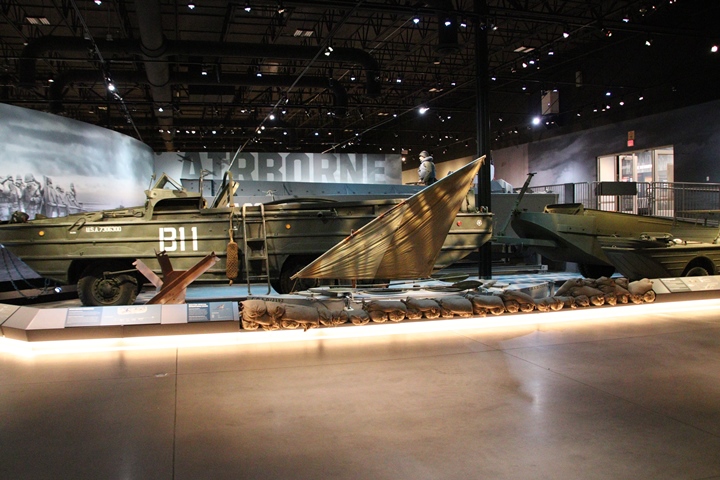
The only known Cleaver-Brooks WTCT-6
amphibious trailer is on display at the national Museum of Military
Vehicles in Dubois, WY. The WTCT-7 in this photo is attached to
the DUKW. The main entrance to the museum can be seen above and
behind the trailer. Author's photo.
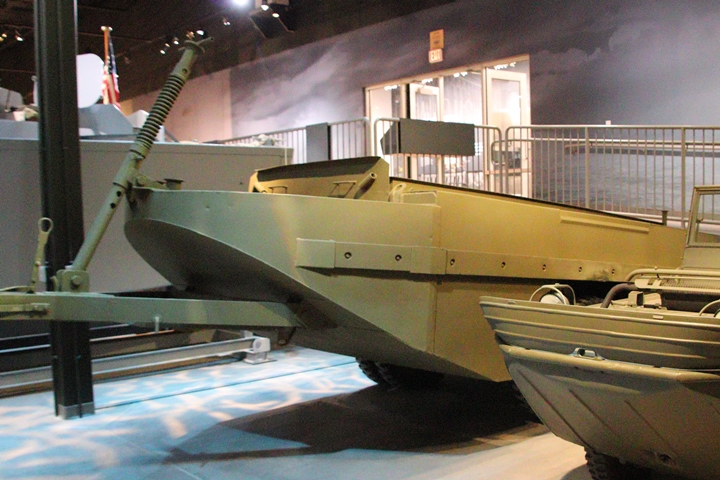
Author's photo.
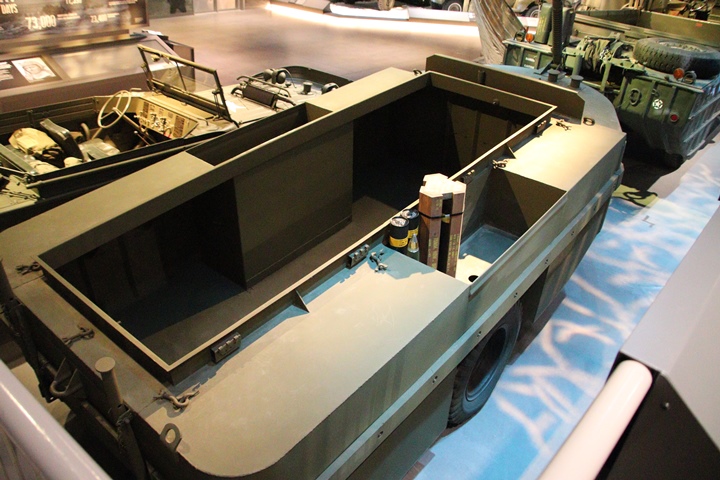
One of the first things a visitor will
see upon entering the museum is this Cleaver-Brooks WTCT-6 amphibious
trailer. In all of my visits to many military museums throughout
the United States, this is the only one I have encountered. These
trailers and other similar models produced by Cleaver-Brooks Company
were designed to be pulled behind DUKWs, as is depicted here. They
could also be pulled behind LVTs. In both cases, they provided
extra ammunition, food, and medical supplies to be delivered to the
marines and soldiers during invasions of Japanese held islands in the
Pacific Theater of Operations. Part of this trailer is missing.
The main storage hold originally had a water proof hatch over it.
The hinges for the door can be seen along the edge of the storage hold.
Author's photo.
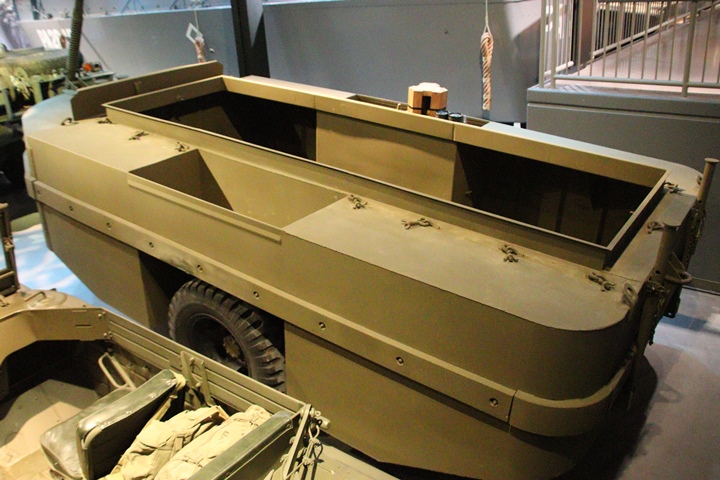
Author's photo.
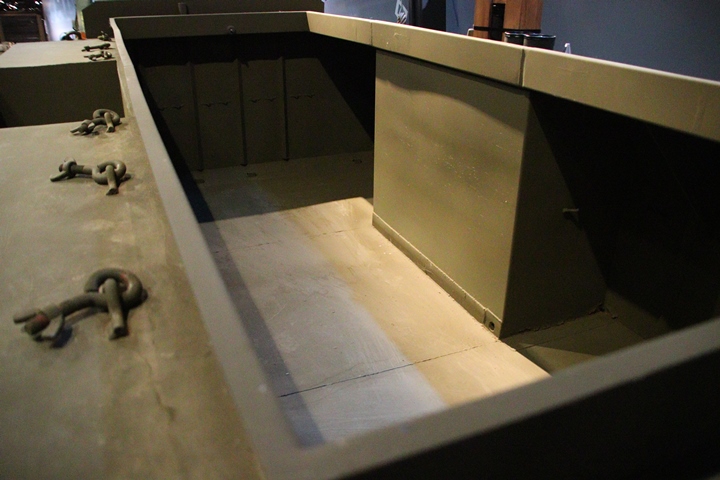
The tie down eye bolts for securing
the missing water proof hatch can be seen in this photo. Author's
photo.
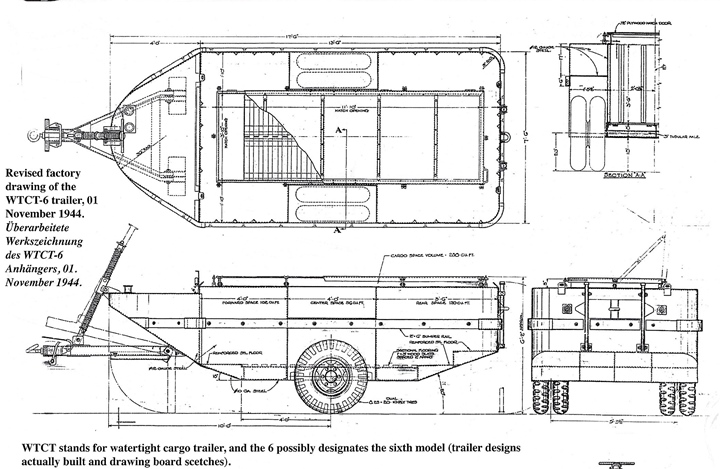
This line drawing of the WTCT-6 is courtesy
of Tankograd - Technical Manual № 6003 - US WWII GMC DUKW-353 &
Cleaver-Brooks Amphibian Trailers - 2005.
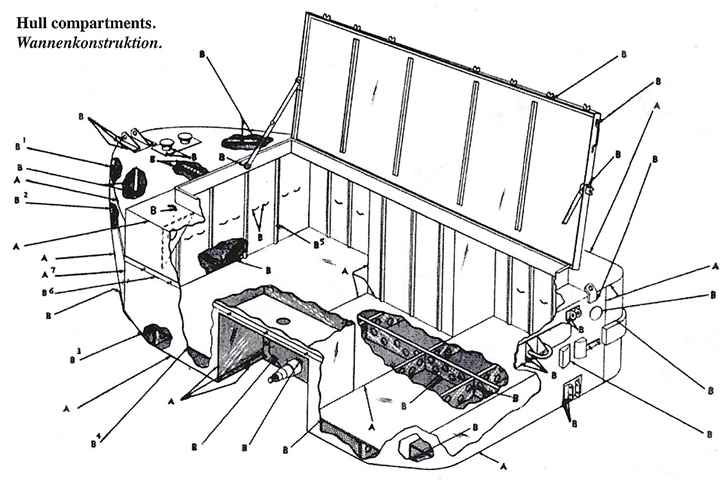
This image shows the water proof hatch that was part of the WTCT-6.
This drawing is courtesy of Tankograd - Technical Manual № 6003 - US WWII GMC
DUKW-353 & Cleaver-Brooks Amphibian Trailers - 2005.
Remaining Cleaver-Brooks Manufacturing
Plants in Milwaukee, WI: During World War Two, the company had
a large manufacturing presence in Milwaukee. Currently, that has
all disappeared as the main headquarters and manufacturing plant are now
located in Thomasville, GA. From the information on the company's
Army-Navy "E" award, Cleaver-Brooks had plants known as the main plant,
east plant, Port Washington plant, and the Silver Spring plant.
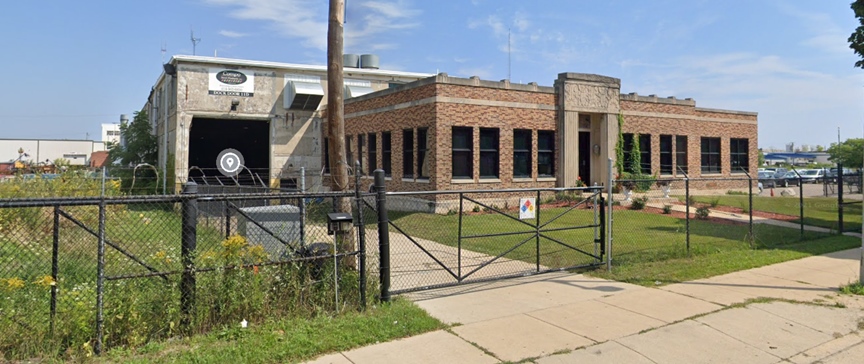
This former factory at 326 East Keefe Avenue
in Milwaukee appears to have been the main plant. Historical
records show it was built in 1930 and occupied by the Cleaver-Brooks
Company. Image courtesy of Google Maps.
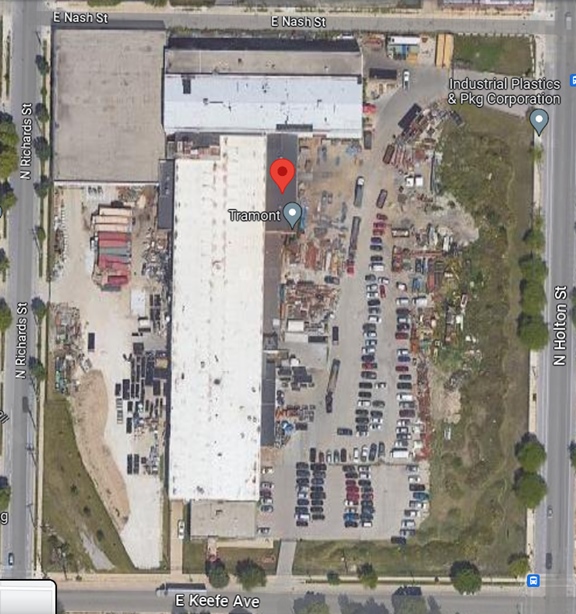
Image courtesy of Google Maps.

This image is looking west from Horton Street. Image courtesy of
Google Maps.
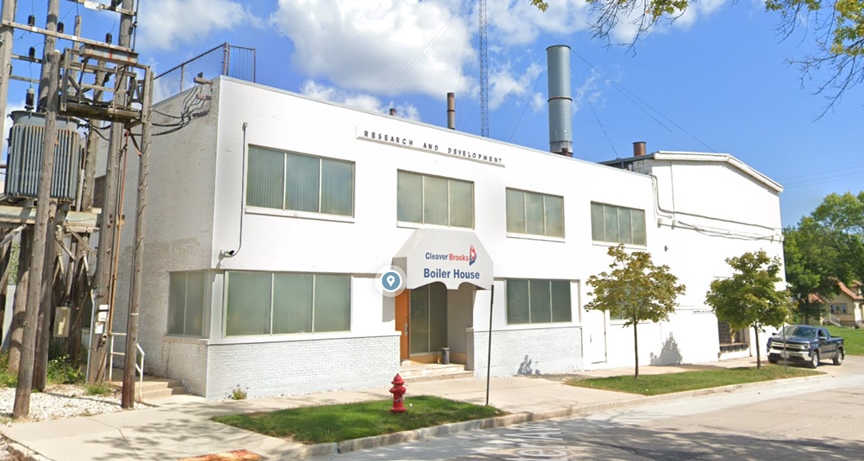
This Cleaver-Brooks research and development
facility is currently located at 3232 West Lancaster Ave. in Milwaukee.
It was built in 1935 by the Cleaver-Brooks Company. Image courtesy of Google Maps.
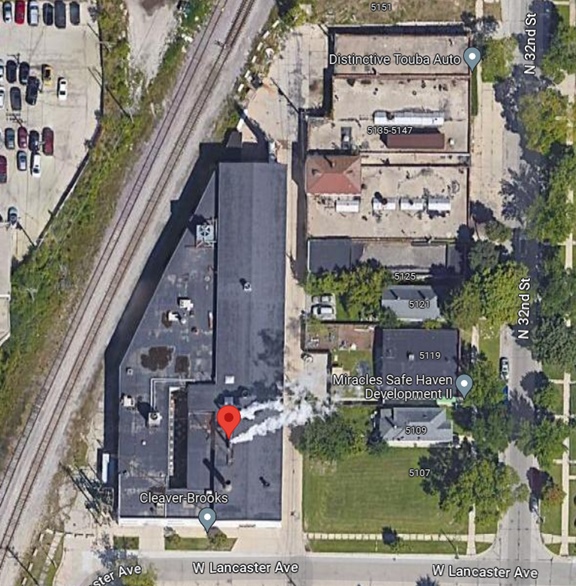
Image courtesy of Google Maps.

This facility at 3707 North Richards Street
in Milwaukee is just east of the main plant on East Keefe Avenue.
Most likely this was the east plant cited on the company's "E" award. This was the address that was given for the company in several newspaper
job placement advertisements' in the mid-1960s. Image courtesy of
Google Maps.
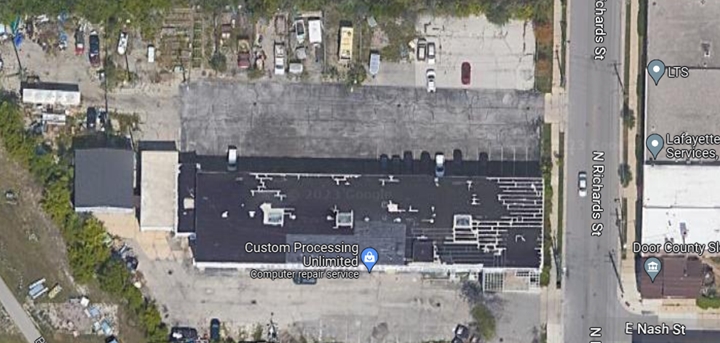
Image courtesy of Google Maps.
|














